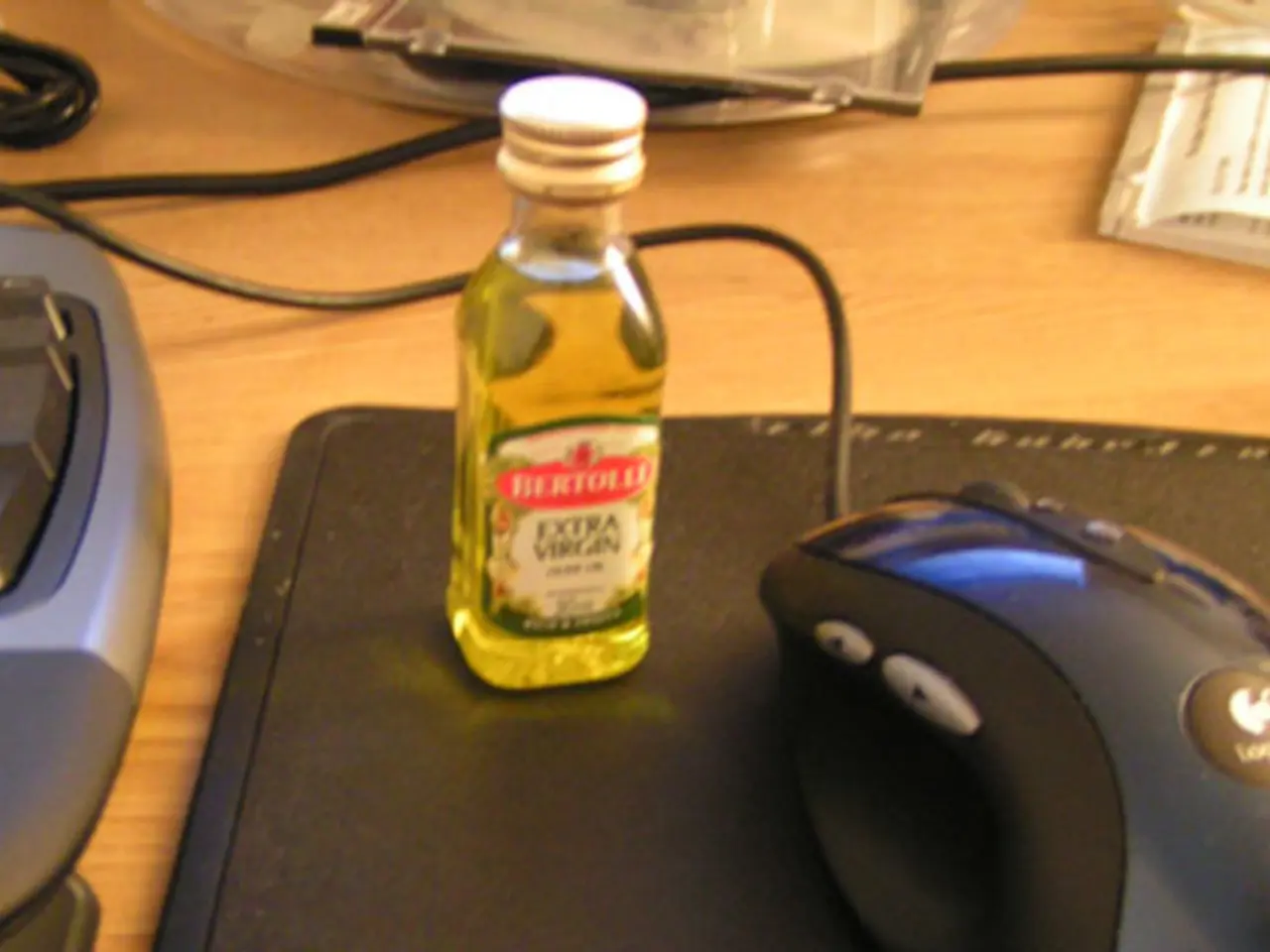Adaptation of Neurons Post-Injury: Insights into Neuroplasticity Recovery Process
The human brain's remarkable capacity for adaptation and change, known as neuroplasticity, is increasingly being harnessed to aid in the recovery from brain injuries. This resilience, which allows the brain to compensate for lost functions and find new ways to accomplish tasks, is at the heart of current and emerging therapies.
Neuroplasticity, the brain's ability to reorganise itself by forming new neural connections throughout life, is not limited to the developmental phase but extends into adulthood. It encompasses processes such as synaptogenesis – the creation of new neuronal connections – and synaptic pruning, the elimination of weaker synaptic connections while strengthening the more frequently used ones.
Physical therapy and exercise are foundational components of rehabilitation, promoting neuroplasticity through movement and physical activity. These therapies leverage the brain's natural plasticity to help patients relearn lost skills, as demonstrated by intensive physical and speech therapy within the first six months post-injury, which has shown meaningful functional improvements.
Recent breakthroughs and potential therapies aiming to enhance neuroplasticity in brain injury recovery focus on both rehabilitative strategies and novel biomedical interventions. One such approach is stem cell therapy, which shows promise in traumatic brain injury (TBI) recovery by reducing harmful brain inflammation, stimulating neural tissue regeneration, enhancing neuroplasticity, and improving brain blood flow and oxygenation.
Cutting-edge trials underway in 2025 are exploring novel neuromodulation technologies and first-in-class small-molecule drugs designed to enhance neural repair and plasticity. For example, selective Bruton tyrosine kinase (BTK) inhibitors like tolebrutinib are in late-stage trials for progressive neurological conditions, potentially delaying disability progression by modulating inflammatory pathways and possibly supporting neuroplastic processes.
Research suggests that there is a critical period following injury during which interventions are most effective, representing a window of opportunity for leveraging neuroplasticity to support recovery. A multifaceted approach that combines rehabilitation techniques, lifestyle modifications, and cutting-edge research offers the best path forward in leveraging neuroplasticity for recovery.
Diet rich in nutrients, such as omega-3 fatty acids, antioxidants, and vitamins, supports brain health and can enhance neuroplasticity, contributing to recovery and cognitive function. While physical and speech rehabilitation remains the cornerstone with robust evidence, emerging stem cell and drug therapies represent the forefront of neuroplasticity enhancement with several pivotal clinical trial results expected to shape future therapeutic landscapes in 2025 and beyond.
In summary, enhancing neuroplasticity for brain injury recovery is being advanced through integrated approaches combining conventional intensive rehabilitation with promising biomedical therapies like stem cell treatments and new pharmacological agents under clinical trial. These interventions target inflammation reduction, neural regeneration, and adaptive rewiring, offering hope for improved recovery and functional restoration.
- Attention should be given to the brain's neuroplasticity, its ability to reorganize itself by forming new neural connections throughout life, as it plays a significant role in brain injury recovery.
- The processes of synaptogenesis and synaptic pruning, which are part of neuroplasticity, involve the creation and elimination of neuronal connections respectively, supporting the brain's adaptability.
- Physical therapy and exercise, which promote neuroplasticity through movement and physical activity, are fundamental components of rehabilitation for brain injury patients.
- Novel biomedical interventions, such as stem cell therapy, are being explored to enhance neuroplasticity in brain injury recovery, offering potential for TBI recovery by reducing inflammation, regenerating neural tissue, and improving brain blood flow and oxygenation.
- Current research indicates that a critical period exists post-injury, during which interventions are most effective in leveraging neuroplasticity to support recovery, representing an important window of opportunity.
- Neuroplasticity can be enhanced through a multifaceted approach that includes rehabilitation techniques, lifestyle modifications (like a diet rich in nutrients), and cutting-edge research.
- Nutrients like omega-3 fatty acids, antioxidants, and vitamins, found in a diet supporting brain health, can contribute positively to neuroplasticity and cognitive function.
- Emerging stem cell and drug therapies represent the frontier of neuroplasticity enhancement, with several pivotal clinical trial results expected in 2025, shaping future therapeutic possibilities in brain injury recovery.
- According to emerging science, mindfulness practice may also be an effective strategy in activating neuroplastic processes, potentially supporting brain health and mental health.
- Mental health conditions, such as depression and anxiety, are of great concern in brain injury recovery due to their potential impact on neuroplasticity and memory function.
- Medical-conditions like stress, sleep disorders, and certain medical-conditions may affect brain health and neuroplasticity, emphasizing the importance of effective stress management, relaxation techniques, and good sleep hygiene in addition to medical treatments.




